Incident data in a country context

Incident data interpreted within a country context supports strategic planning and security risk management. Trend data helps aid organisations to understand an issue and manage it better.
Insecurity Insight compiles incident information for multiple countries. To find out which countries are covered, consult Insecurity Insight’s country pages. All products are available in English. Some products are also available in French or Arabic. A country page includes one or several of the following products: page include one or several of the following products:
Vigil Insight country analysis
The Vigil Insight country reports cover key events that affect aid security. Vigil Insight reports include:
- Factual information about specific events
- Credibility assessments of available information
- Predictions of how the situation may develop
- Suggested mitigations strategies to help organisations adapt to the situation.
Vigil Insight country analyses support strategic planning and aid agency security risk management.
Sign up to our mailing list to receive the latest report for chosen countries directly in your inbox by clicking on: Insecurity Insight. Aid in Danger (list-manage.com)
Event/incident data
A variety of datasets are provided on each country set or there are links that enable you to download event/incident datasets covering a particular country:
- KIKA incidents – incidents in which aid workers/health workers/educators
- Datasets on specific issues affecting the country such as specific forms or violence (e.g. hijacking of vehicles, damage to hospitals) or violence affecting selected sectors (health, education, protection) or violence in a particular context (e.g. Ebola, COVID-19, gang violence).
- These datasets are all available on the OCHA-run Humanitarian Data Exchange (HDX). Click on: Insecurity Insight – Humanitarian Data Exchange (humdata.org)
Violence against health care and education
The health and education reports cover threats and violence against key aid sectors whether aid is delivered by international or local aid agencies or the national health or education systems. They include:
- Violence against health workers or educators
- Damage and destruction of health or education facilities
- General obstruction of health and education services.
These reports support advocacy to protect health and These reports support advocacy to protect these services and provide sector-tailored security risk information. They look at the health and education sector as a whole so as to support the localisation agenda and highlight challenges for the humanitarian-development-peace nexus.
Violence in protection settings and sexual violence
The reports on protection cover violence affecting IDPs and refugees living in protection settings or displaced populations on the move that are experiencing further violence.
The reports on sexual violence in conflict cover sexual violence perpetrated by state bodies or conflict actors and sexual violence affecting the aid work place due to the sexual exploitation and abuse of beneficiaries or sexual harassment of or sexual violence against aid workers.
These datasets are neither complete nor fully representative of the extent or nature of sexual violence and violence in protection settings. They bring together a variety of accounts given by survivors from around the world who broke the silence to highlight an issue that requires more attention.
Data used in reports and downloadable datasets
The country information is compiled from:
- Information available in local national and international news outlets online databases and social media reports
- Information shared by partners in the Aid in Danger Project and the Safeguarding Health in Conflict Coalition.
The information is stored in the Security In Numbers Database (SiND). The data on sexual violence in conflict is also available through the ACLED database.
How to use the information
Headquarter security staff and senior managers who want to stay up to date on the changing security context in which their organisations conduct aid operations will benefit in particular from the country analyses. The information supports strategic planning and budgeting provides hard data that can be used in aid organisations’ conversations with donors and can help with advocacy work.
Data analysts can use the data and incorporate it into their own analysis. Please note that all data is updated regularly. Data may change as more information is made available.
All decisions made on the basis of or in light of such information remain the responsibility of the organisations making such decisions.

 SIIM Roadmap
SIIM Roadmap Tools and Resources
Tools and Resources Insecurity Insight
Insecurity Insight